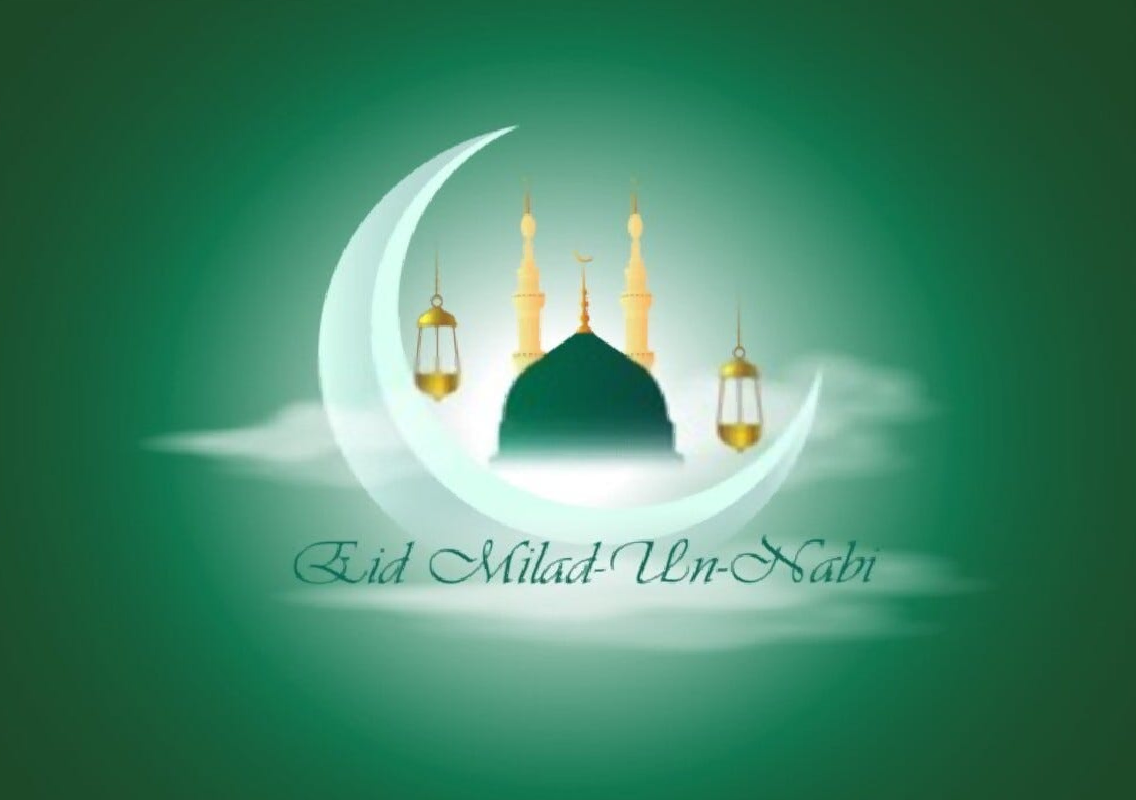Eid Milad-un-Nabi, also known as Eid-e-Milad, Nabid, or Mawlid in colloquial Arabic, is an important festival observed by the Sufi and Barelvi sects of Islam. Celebrated during the Islamic month of Rabi’ al-Awwal, the festival commemorates the birth of Prophet Muhammad, the last prophet of Islam. This year, the festival will be observed on September 16, 2024, as the moon for Rabi’ al-Awwal 1446 AH was sighted on September 4 marking the beginning of the Islamic month.
When is Eid Milad-un-Nabi Celebrated?
The celebration of Eid-e-Milad falls on the 12th day of Rabi’ al-Awwal, the third month of the Islamic lunar calendar. This is observed primarily by Sunni Muslims from the Sufi and Barelvi schools of thought. On the other hand, Shia Muslims mark the birth of the Prophet on the 17th of Rabi’ al-Awwal, which also commemorates the birth of Imam Jafar al-Sadiq, a prominent figure in Shia Islam.
The Islamic calendar, based on lunar cycles, differs from the Gregorian calendar, meaning the dates for Islamic festivals vary annually. For 2024, the first day of Rabi’ al-Awwal fell on September 5, and the 12th day, the designated celebration of Eid Milad-un-Nabi, will be on September 16.
Historical Origins and Significance
The tradition of celebrating the Prophet’s birth traces back to the era of the early Rashidun Caliphs. However, it was the Fatimid Caliphate that first initiated the formal celebration of Mawlid (meaning “birth” in Arabic). It is widely believed by some Muslim scholars that Prophet Muhammad was born in Mecca on the 12th day of Rabi’ al-Awwal in 570 CE.
Interestingly, Eid Milad-un-Nabi is observed with both joy and sorrow by some communities, as it is also considered to mark the death anniversary of the Prophet. The festival was first celebrated officially in Egypt, and by the 11th century, the practice became more widespread among the ruling Shia Muslims. By the 12th century, Sunni Muslims in regions such as Syria, Morocco, Turkey, and Spain also began celebrating the event.
How is Eid Milad-un-Nabi Celebrated?
The celebration of Eid-e-Milad has evolved over the centuries, influenced by various cultural and religious practices. In its early days, the festival in Egypt involved prayers followed by speeches and Quranic recitations by the ruling Shia clan. Large public feasts were held, and the Caliphs, seen as representatives of Muhammad, were honoured during the festivities.
Today, Eid-e-Milad celebrations among Sufiand Barelvi Muslims involve:
Wearing new clothes and visiting mosques.
Offering prayers and exchanging greetings.
Participating in processions that start at mosques and move through the town before returning.
Reciting naat, poems praising the Prophet, and telling children stories from his life.
Organising community meals and donating to the needy and poor.
Some celebrations include night-long prayers and gatherings at dargahs (shrines), where spiritual discourses and public banquets are held. Many believers also decorate their homes and mosques with lights, banners, and floral arrangements to mark the joyous occasion.
Eid-e-Milad Around the World
The way Eid Milad-un-Nabi is celebrated varies across different regions. In India, large processions, public gatherings, and mosque decorations are common, with streets adorned with flags, banners, and lights. In Pakistan, the government declares a public holiday, and special events, such as naat competitions and religious discourses, are held nationwide. Countries like Turkey and Morocco focus on Quranic recitations and prayers, while in Egypt, sweets and feasts play a central role in the celebrations.
Despite differing views on its observance, Eid-e-Milad holds deep significance for millions of Muslims worldwide, symbolising both the birth and legacy of Prophet Muhammad, whose life and teachings continue to inspire believers.




